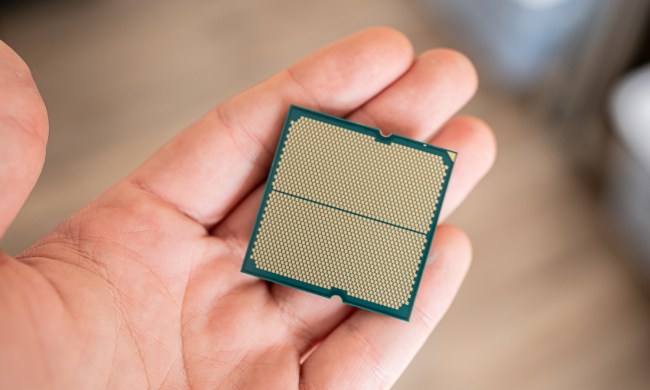
Be it some of the best consumer processors or the chips that power massive data centers, the rivalry between AMD and Intel, as well as AMD and Nvidia, never comes to an end — and AMD is well aware of it. In a recent interview, AMD revealed its plan for keeping up with Intel and staying ahead of the game, and this could bode well for some of its upcoming products; we’ve got plenty of those slated for this year, after all. One of the key parts of AMD’s strategy appears to lie in quickly adopting the latest tech before it becomes yesterday’s news.
The interview in question comes from The Next Platform. Forrest Norrod, executive vice president at AMD, spoke mainly about the company’s data center plans, but it’s safe to assume that this strategy might stretch beyond enterprise customers. When asked about the state of Intel’s data center business, particularly Xeon 6 CPUs, Norrod spoke well of AMD’s rivals.
“I don’t want to handicap Intel’s capabilities on process. Pat Gelsinger has got a very aggressive plan and we always assume they are going to do what they say. And so, all we can do is run as fast as we possibly can on both the design and the process of TSMC,” Norrod said.
While this is true for data center chips, it’s true for AMD’s gaming CPUs as well. The upcoming Zen 5 lineup will use TSMC’s 4nm process for its new CPUs, although non-consumer CPUs are also fabricated on a 3nm node. Four CPUs have been announced so far: the Ryzen 9 9950X, the Ryzen 9 9900X, the Ryzen 7 9700X, and the Ryzen 5 9600X. The new chips are said to be slower than current-gen 3D V-Cache parts in gaming, but they bring performance improvements and better instructions per clock (IPC).
AMD seems confident in its ability to compete against Intel, and that’s in part thanks to wanting to always use the latest process available at TSMC. Norrod said: “I really like our chances with TSMC. I think they are an amazing partner and an amazing execution machine, and we’re going to keep using their most advanced process for each generation. I like our chances of staying at the bleeding edge of process with that.”

Continuing that train of thought, Norrod said that AMD can’t control what Intel does, but it always anticipates that Intel will carry out all of its plans — even if that is not always the case. “And likewise, on the design side, we are not slowing down one little bit. We are running as fast as we possibly can. You are going to continue to see design innovation and packaging and assembly innovation from us across all product lines,” Norrod told The Next Platform.
Although focused on data centers, the interview gave us a rare glimpse into the company’s strategy. In the data center space, AMD’s EPYC CPUs make up 30% of the market, which is huge. Nvidia, being among the most valuable companies in the world, is a hard one to beat, but AMD is trying.
What about the consumer space, though? It’s not all sunshine and rainbows, with AMD’s gaming revenue being down 48% year over year, but there’s a lot on the way in 2024. We’ve got the Ryzen AI 300 mobile processors, to Zen 5 for desktop, and finally RDNA 4 at some point. It’s shaping up to be an exciting year for AMD, even if consumer products only make up a small part of its revenue.




